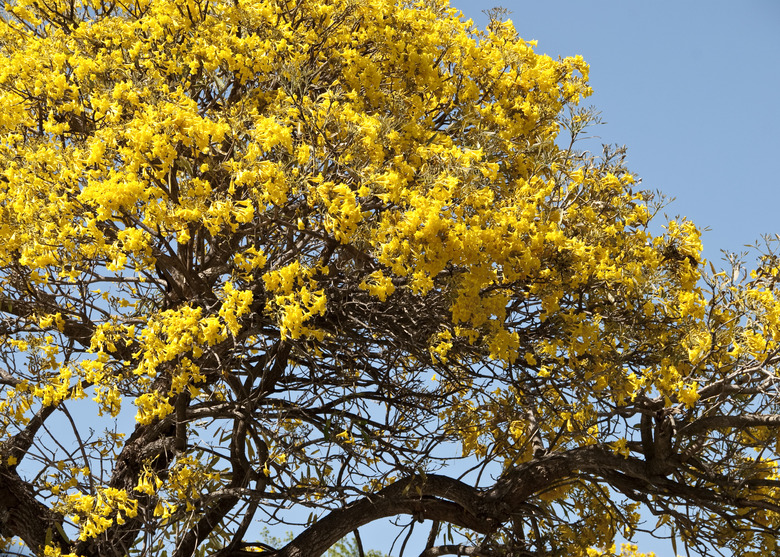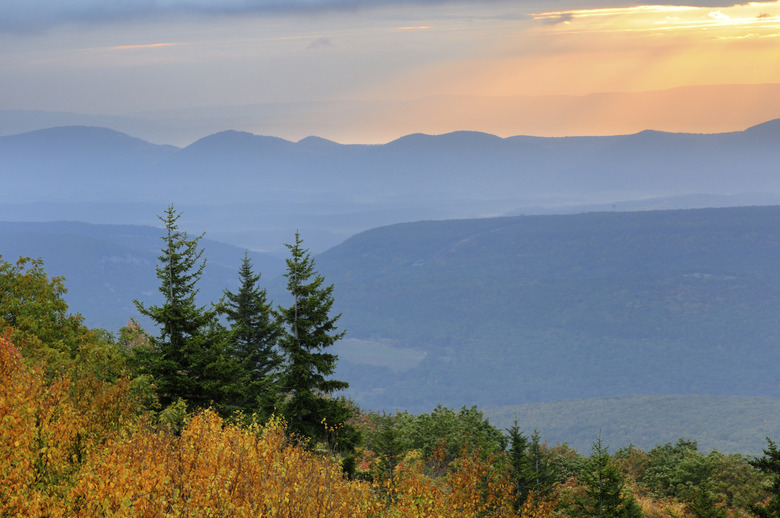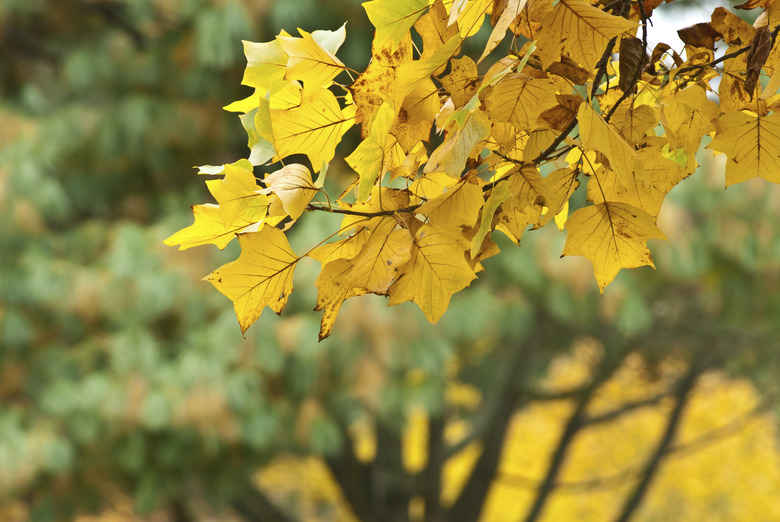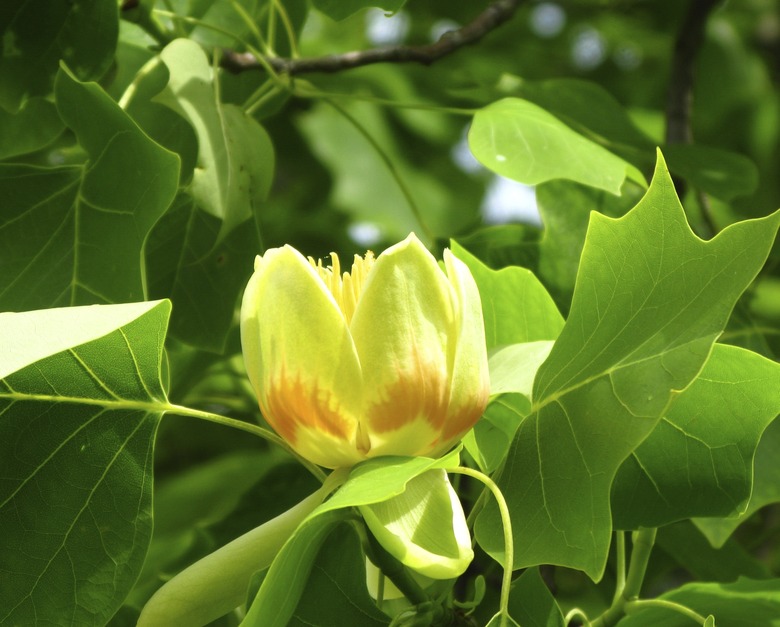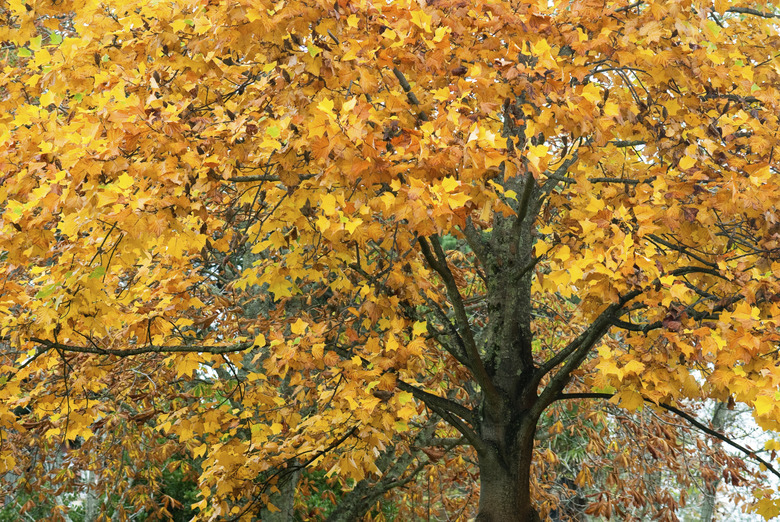Tulip Tree Facts
The tulip trees, often referred to as a white or yellow poplar, is actually a type of magnolia. The tall tree with the tulip-shaped leaves and striking greenish yellow blossoms is the state tree of Kentucky, Indiana and Tennessee. Tulip trees can be planted in the home landscape where they will provide ample shade for many years, but give them plenty of growing room.
Native Habitat
Tulip trees are native to the entire eastern United States, and are especially abundant in the Ohio River Valley and the mountains of West Virginia, Kentucky, North Carolina and Tennessee.
Climate
Tulip trees are adaptable and thrive in the sub-zero winters of New England and upstate New York to the heat of Florida and Louisiana. It thrives in moist climates, in areas with well-drained soil.
Height
Tulip trees are one of the tallest broadleaf trees in the eastern United States. In good growing conditions, the oldest trees can be 200 feet high, but typically, they are between 100 and 150 feet.
Blooms
The blooms on a tulip tree are about 2 inches wide. Each bloom is greenish yellow at the tips of the petals graduating to a dark orange in the center. The flowers appear between spring and early summer.
Life Span
Tulip trees don't bloom for their first 15 years, but once they start, they can continue blooming until the end of their life span. Although some trees can live to 300 years, the average life span is between 200 and 250 years.
